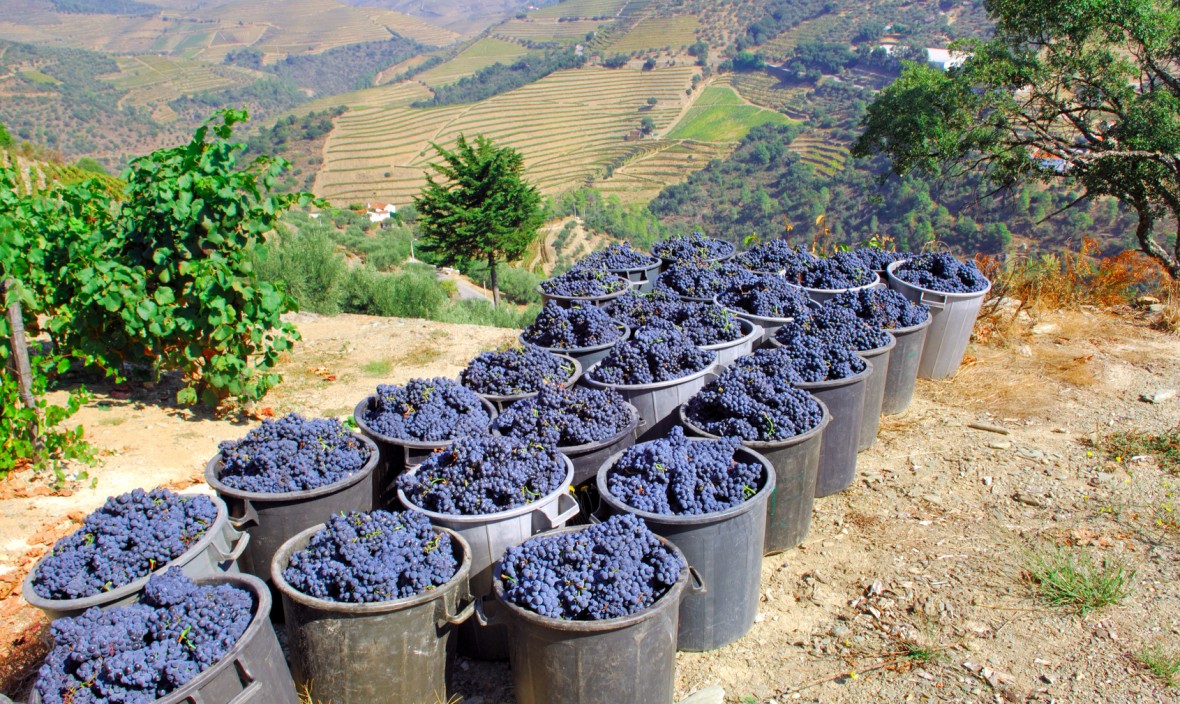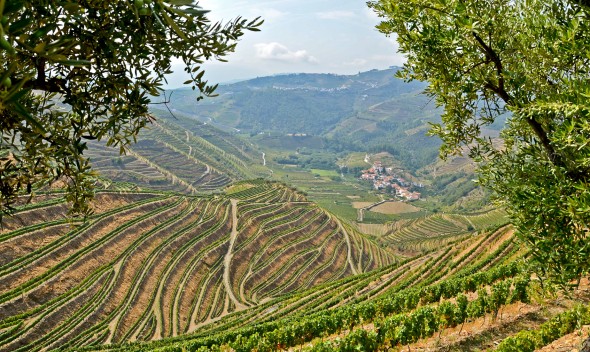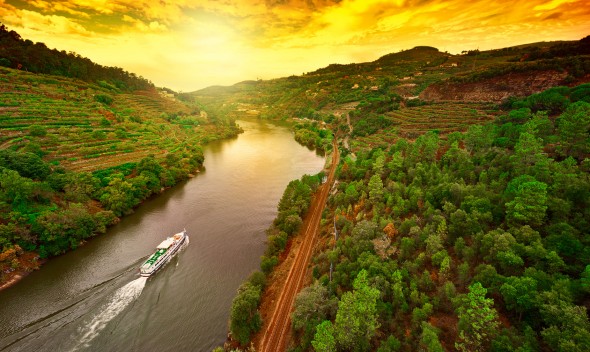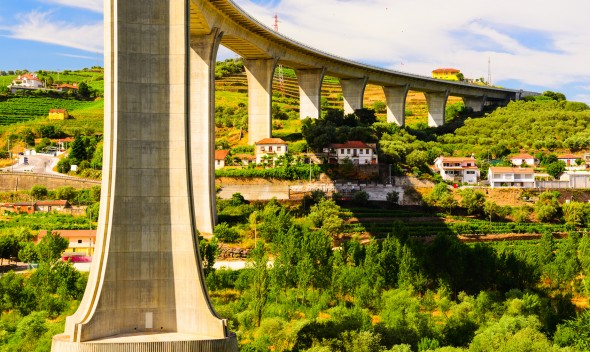There are two types of wine lovers: those who know their Pinot Noir from their Malbec and can single out a floral or fruity note at a mere sniff; and those who don’t care about any of the fancy stuff so long as whatever they drinking is made of grapes and tastes good.
It doesnt matter which group you fall into. If either of those sound like you then youll most surely enjoy a wine tasting experience in Portugals Douro Valley. And since you just read the words; wine and & tasting; in the one sentence, we hardly need to explain why!
The Douro region is perhaps most famous for its Port wines. Sweet and full-bodied, Port is a fortified wine made unique by a number of factors including the climate and topography of the Douro area, the soil quality, and the traditional production methods — together meaning that the Douro is the only place in the world where Port wine can be made.
There are up to 30 grape varieties that can be used in the making of Port wine, but generally speaking makers stick to five or six of the best and most suitable varieties of grape. Among the Douro red grapes are the Tinto Cão, one of the oldest Douro varieties with small compact bunches and small yields, characterised by a crisp acidity and a velvety texture that makes it ideal for creating long-lasting, complex wines; the Touriga Nacional, a famous yet lesser-grown variety capable of producing the deepest, darkest and most concentrated wines; the lighter and more fragrant Touriga Francesa, also the most widely-planted; the Tinta Roriz, equal to Spain’s Tempranillo; and the Tinta Barroca, a luscious, sweet and soft variety grown more in the shadowy
parts of the vineyard and lending a rustic, earthy character to its wines.
The Douro also yields beautiful white wines grown from grape varieties like the Rabigato, Viosinho and Malvasia. Port wine comes in both red and white varieties (though red is undoubtedly the most well-known) but if youre not that keen on the strong and sweet intensity of a fortified wine, fear not: the Douro’s grapes also get crushed and bottled into both red and white table wines. In fact, the Douro region produces just as much table wine as it does Port wine.
There are plenty of Douro Valley tours that will lead you from wine estate to wine estate (in Portugal the estates are called “Quintas”) where you can indulge in some wine-tasting activities, sampling the best wares from each vendor and getting acquainted with the Portuguese grape varieties and their liquid yields. These visits are both informative and educational as well as delicious. So if all the talk about grape varieties and their qualities is news to you, don’t worry — it’s the kind of detail that you can learn about as you go, and that will only serve to heighten your appreciation of the wines you’re tasting.
Along with sending your palette into sensory overdrive from so many beautiful wines, the Douro Valley will also be a feast for your eyes: from rolling hills covered in vines to lovely villages and heritage estates, a wine-tasting tour is a complete experience that’s well worth having.









